
Dalit Representation and Coverage Remain Weak in Nepalese Media, Study Finds
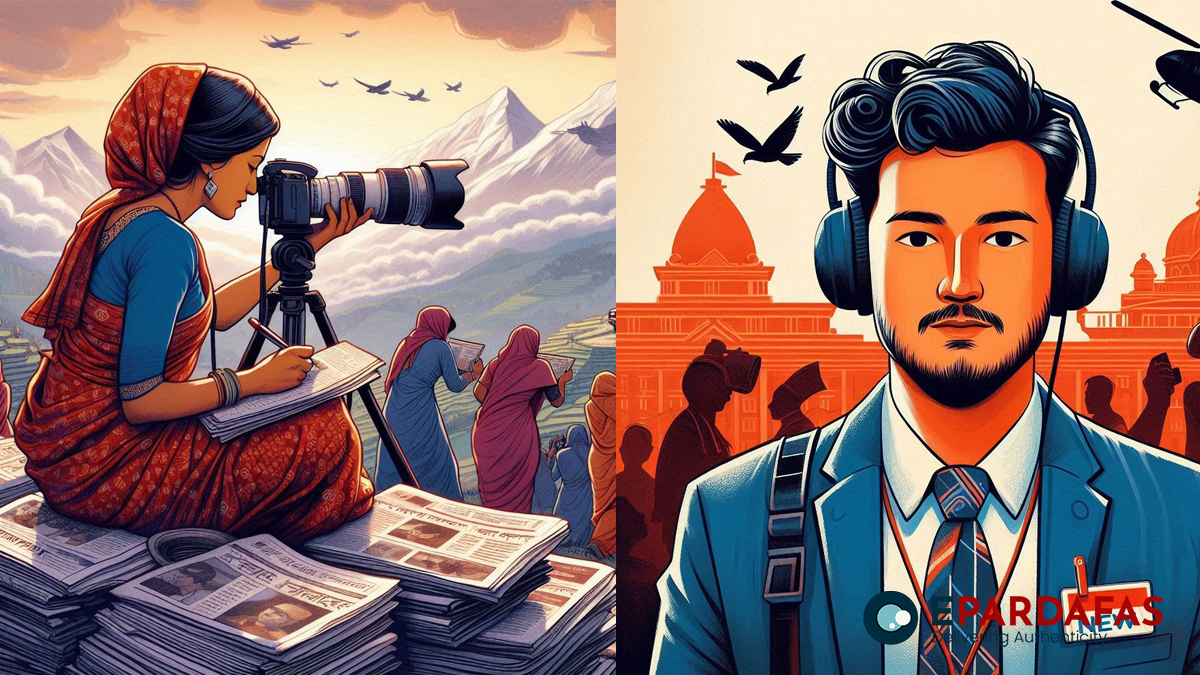
A recent study has revealed that the representation of the Dalit community and the coverage of Dalit-related content remain weak in the Nepalese media. According to the research, both the Gorkhapatra Daily and the Kantipur Daily allocated only 2.38 percent of their editorials to Dalit issues over the past two years.
In 2079, these two national dailies published a total of 29 editorials on Dalit issues out of 1,219 editorials. Specifically, Gorkhapatra published 12 editorials on Dalit issues out of 608, while Kantipur addressed Dalit issues in 17 out of 611 editorials. This data suggests that Dalit issues are not a priority for media editorials.
The study, titled “Dalit Contents in Editorial and Editorial Policies in National Dailies,” highlights the inadequate implementation of editorial policies, principles, or guidelines for publishing content on Dalit issues. Neither Gorkhapatra nor Kantipur has an official editorial policy specifically addressing Dalit issues, indicating a lack of initiative in fulfilling their social responsibility towards this marginalized community.
Bipul Pokhrel, President of the Federation of Nepali Journalists (FNJ), emphasized the need for media houses to adopt dedicated policies to promote Dalit representation and content, particularly in the editorial sections. He noted that the published editorials are not entirely focused on Dalit issues, which contradicts Nepal’s constitutional commitment to building an egalitarian society based on proportional, inclusive, and participatory principles to ensure economic equality, prosperity, and social justice.
The study also examined the representation and coverage of Dalit content in Rastriya Samachar Samiti (RSS), Nepal’s sole news agency. Out of 2,517 news items disseminated by RSS from April 13 to May 13, only 26 were related to Dalit content. From May 14 to June 14, RSS disseminated 2,642 news items, of which only 21 were Dalit-related. From June 15 to July 15, only 19 Dalit-related news items were disseminated. This indicates a poor representation of Dalit content in RSS.
Former FNJ President Govinda Acharya stressed the importance of RSS giving priority and space to Dalit content and representation. Out of a total of 161 positions at RSS, only three are occupied by members of the Dalit community. This reflects a poor presence of Dalit representation in the media.
According to the National Census of 2078, the Dalit community constitutes around 13 percent of Nepal’s total population. Despite this, the participation of Dalits at the policy level in the mass media sector is negligible. Chairperson of the National Association of Dalit Community Journalists Nepal, Binod Pahadi, pointed out that RSS lacks a concrete policy for disseminating news about the Dalit community and other backward communities.
Pahadi highlighted that while the constitution promotes inclusive principles in civil administration, teaching services, police, army, and other public sector employment, Dalit representation at the policy level in mass media remains absent. Among the 59 officials and staff at the Ministry of Communications and Information Technology, Dalit representation is minimal. The Press Council Nepal and the board of Rastriya Samachar Samiti (RSS) also lack Dalit representation.
Furthermore, there is no Dalit representation in the six-member board of directors at RSS or the seven-member board of directors at the Gorakhapatra Corporation, which has been publishing the country’s oldest newspaper for 124 years. Nepal Television and Radio Nepal, both state broadcasters, also lack Dalit representation on their boards.
The Dalit Journalists Association has been advocating for the restructuring of state-owned media, including Nepal Television, RSS, Radio Nepal, and the Gorakhapatra Corporation, as well as private sector media, to increase Dalit representation.
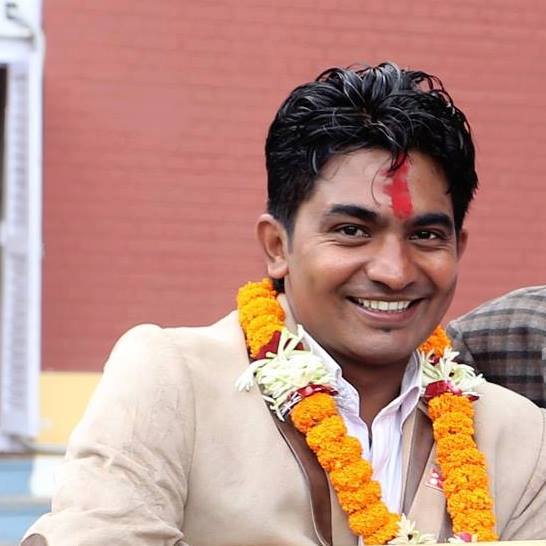




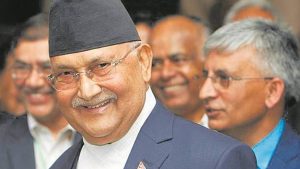

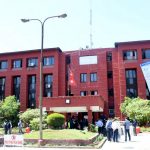


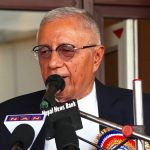


Comments